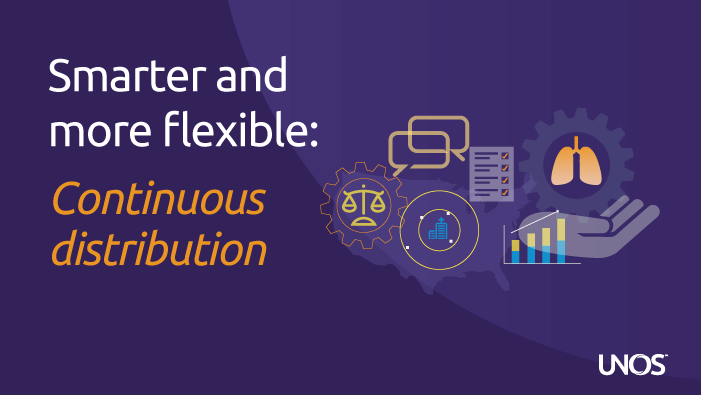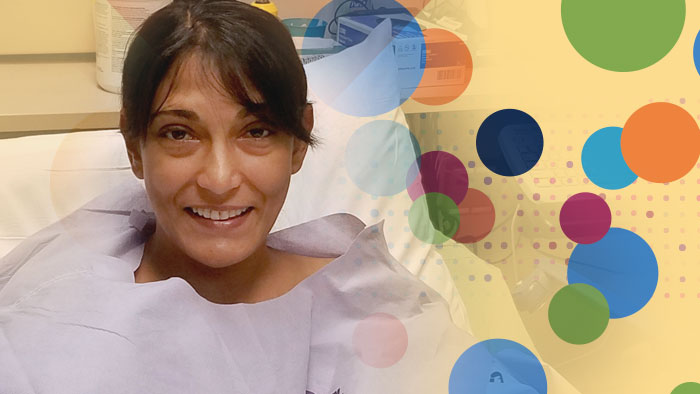How we match organs
How does UNOS save lives?
UNOS serves as a vital link in the organ transplant process, matching donor organs with transplant candidates to save lives.
Organ matching policies are developed by volunteer committees of donation and transplant professionals, recipients, donor families and other members of the community, and approved by the OPTN Board of Directors. These policies are then programmed into the UNOS computerized matching system. Only medical and logistical factors are used in organ matching. Personal or social characteristics such as celebrity status, income or insurance coverage play no role in transplant priority.
Prioritizing patients for transplantation
Many factors used to match organs with patients in need are the same for all organs:
The first step
Before an organ is allocated, all transplant candidates on the waiting list that are incompatible with the donor because of blood type, height, weight and other medical factors are automatically screened from any potential matches. Then, UNOS’ computer system, UNet, determines the order that the other candidates will receive offers. Community-developed policy determines the order of organ offers made to transplant programs.
Geography plays a part
The right-sized organ
Proper organ size is critical to a successful transplant, which means that children often respond better to child-sized organs. Although pediatric candidates have their own unique scoring system, children essentially are first in line for other children’s organs.
Factors in organ allocation
Blood type and other medical factors weigh into the allocation of every donated organ, but each organ type has its own individual distribution policy, which reflect factors that are unique to each organ type:
Kidney
- Waiting time
- Donor/recipient immune system compatibility (CPRA score)
- Prior living donor
- Distance from donor hospital
- Survival benefit
- Pediatric status
Lung
- Medical urgency
- Likelihood of survival within 5 years post transplant
- Immune system matching (CPRA)
- Height match
- Blood type
- Pediatric status
- Prior living donor
- Travel efficiency
- Proximity efficiency
Liver
- Medical urgency
- Distance from donor hospital
- Pediatric status
Heart
- Medical urgency
- Distance from donor hospital
- Pediatric status
How organ matching works
When a transplant hospital accepts a person as a transplant candidate, it enters medical data—information such as the person’s blood type and medical urgency and the location of the transplant hospital—about that candidate into UNOS’ computerized network. When an organ procurement organization gets consent for an organ donor, it also enters medical data—information such as the donor’s blood type and body size and the location of the donor hospital—into UNOS’ network.
Using the combination of donor and candidate information, the UNOS computer system generates a “match run,” a rank-order list of candidates to be offered each organ. This match is unique to each donor and each organ. The candidates who will appear highest in the ranking are those who are in most urgent need of the transplant, and/or those most likely to have the best chance of survival if transplanted.
2023 transplants
46,630
January - December 2023 as of 02/01/2024
See waiting list total and more data and trends
24/7
The UNOS Organ Center helps place donated organs for transplantation 24 hours a day, 365 days a year.
Preserving organs
Donated organs require special methods of preservation to keep them viable after procurement, during transportation and before transplantation. Learn more about technology being developed to increase the time donated organs can remain viable for transplant.
Common maximum organ preservation times include:


